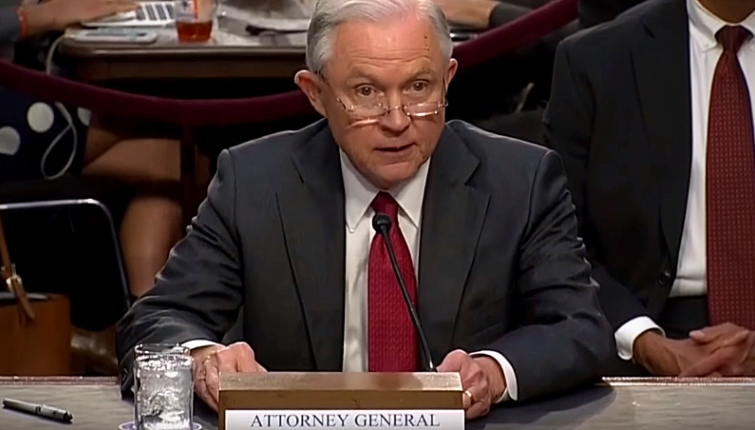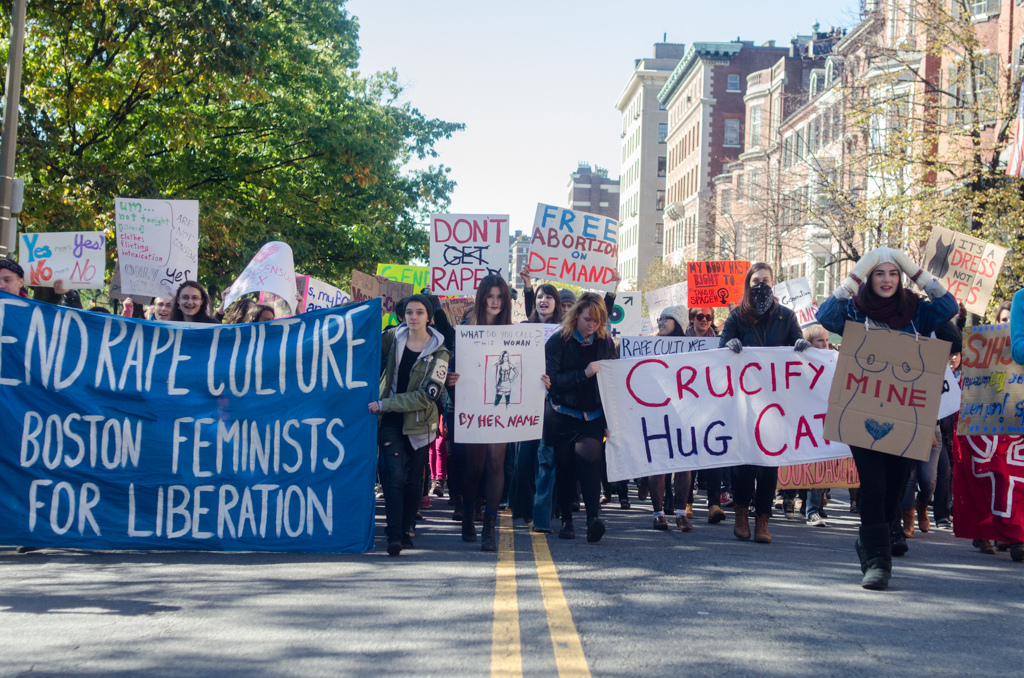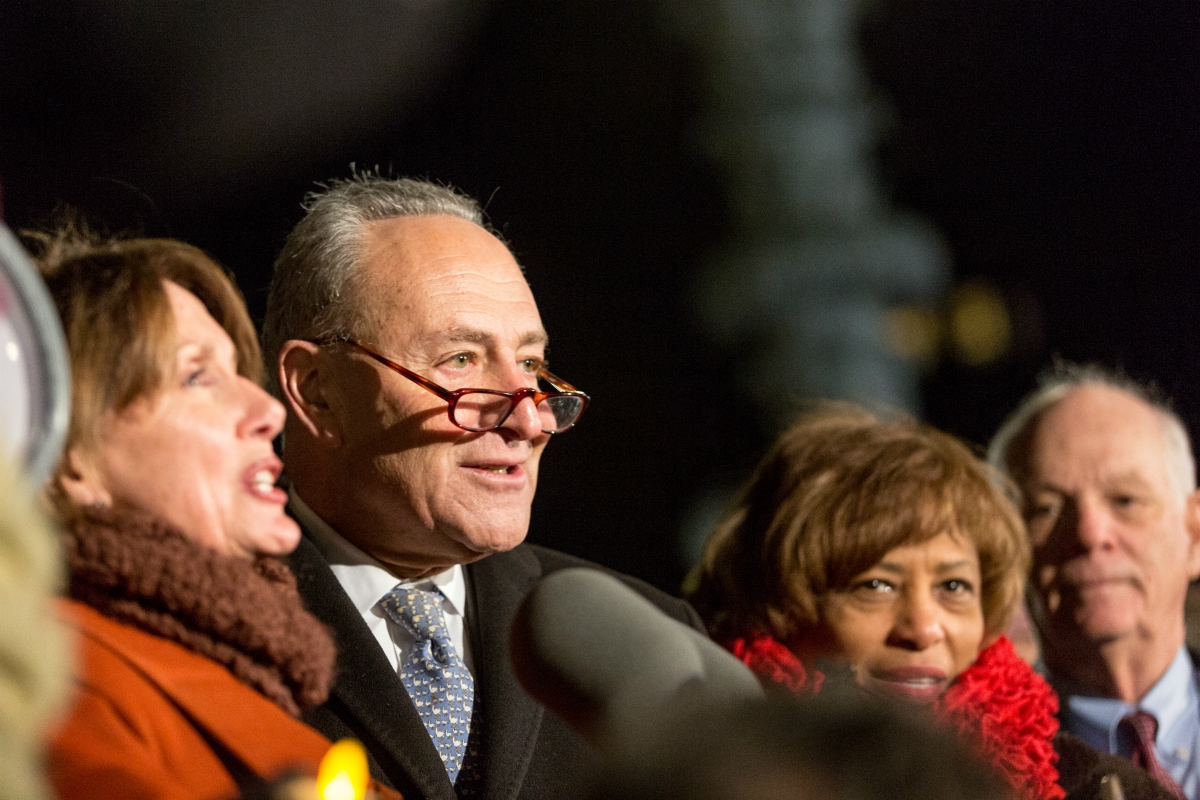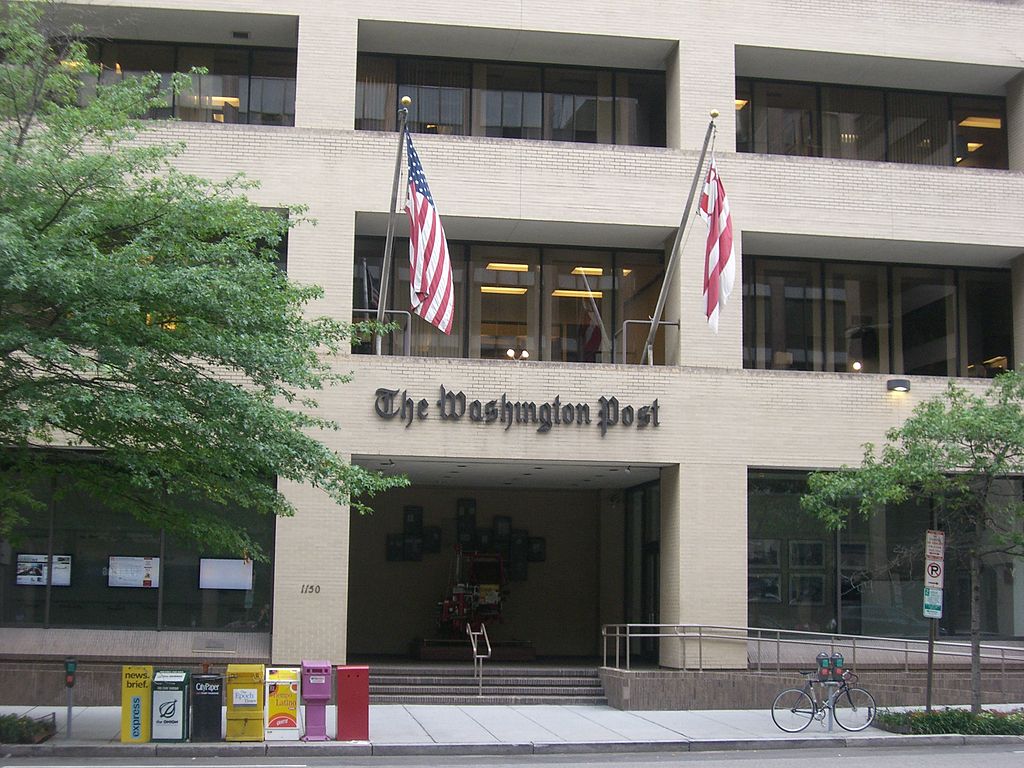Shocking new statistics reveal “millennial strokes” are surging
07/10/2017 / By Rhonda Johansson

Being young is no longer an indication of health. Medical studies conducted over the last few years have concluded that the seemingly unstoppable growth of obesity among the young has possibly led to the first generation in history to not outlive their parents. Data support this worrisome phenomenon: Despite improved health care practices and better medical technologies, more young people are dying. This, however, is not the full extent of the problem. New research is suggesting that more young adults now are being admitted to emergency rooms for stroke incidence.
The Centers for Disease Control and Prevention (CDC) has said that strokes kill more than 130,000 Americans each year, with someone in our country suffering a stroke every 40 seconds. The group further states that someone dies of a stroke every four minutes. These are sobering statistics, but one that has never been associated with the young. Strokes, after all, were considered an “elderly disease” — the condition occurring when the brain does not receive enough oxygen or nutrients, usually because the arteries leading to the brain are unable to give the brain its necessary fuel. Brain cells consequently die. The most common type is the ischemic stroke which is characterized by a blockage or narrowing of arteries that provide blood to the brain due to blood clots. Typically, clots are caused by fatty deposits within the arteries called plaque.
The development of plaque in various arteries is associated with obesity, which may be a reason why more millennials are having strokes. An analysis on ScientificAmerican.com states that medical professionals should take a closer look at stroke incidence among the young. There exists a growing body of research that indicates a disturbing trend. A 2016 editorial made by researchers at the Journal of the American Heart Association said that data obtained from the U.S. Nationwide Inpatient Sample revealed that, despite the number of hospitalization rates for acute ischemic stroke decreasing by 18.4 percent, there was a discrepancy between incidence rate and age. To clarify:
- Among individuals aged 65 to 84 years old, there was a noted 28.5 decrease, while for
- Those who were 85 years and older, the number of ischemic stroke admittance decreased by 22.1 percent; however,
- Those aged 45 to 64 showed a 4.7 percent increase in stroke incidence, whereas,
- Adults who were only 25 to 44 showed a massive 43.8 percent increase.
Another study published in the same journal concluded that between 1994 and 2012, stroke incidence among Danish adults aged 15 to 30 increased by 40 percent. One other study released by JAMA Neurology just this year supported these findings. Researchers at the CDC said that between 2003 to 2012, there was a 32 percent increase in stroke incidence among women aged 18 to 34, and a 15 percent increase for men in the same range. However, stroke trends appeared to differ by location. For example, stroke incidence seemed to be more concentrated in midwestern and west states as compared to southeastern ones.
Ralph Sacco, President of the American Academy of Neurology, who reviewed these findings said that these are indicative of “scant data” about strokes among younger people. “I would have expected it to be more uniform across the country. There has been mounting evidence from different studies suggesting that even though the incidence and mortality of stroke is on the decline, the rates may not be dropping quite as much — and even [may be] increasing — among younger populations,” he said. “The reasons for these trends are not entirely clear but there are concerns about obesity, diabetes and physical inactivity having a greater impact in younger stroke victims.” (Related: Shocking: New study reveals that teenagers get no more exercise than SENIORS.)
Skeptics of these analyses say that the increase of stroke numbers among the youth is reflective of more people reporting their health conditions and better scanning software. Sacco, however, disagreed, saying, “If it was, then we would see a similar increase in strokes across all age groups…I think the fact that we see this [trend] across all regions, and that we see the amount of relative increase for hospitalizations rising for stroke, is alarming.”
Brett Kissela, a professor and chair of the Department of Neurology and Rehabilitation Medicine at the University of Cincinnati added, “That’s the first thing everyone thinks of: increasing MRI utilization. That is certainly a true phenomenon, but in our data we saw this [youthful stroke] increase independently of that.”
Read more stories like this on Research.news.
Sources include:
Tagged Under: ischemic stroke, millennials, stroke, stroke incidence, stroke risk




















